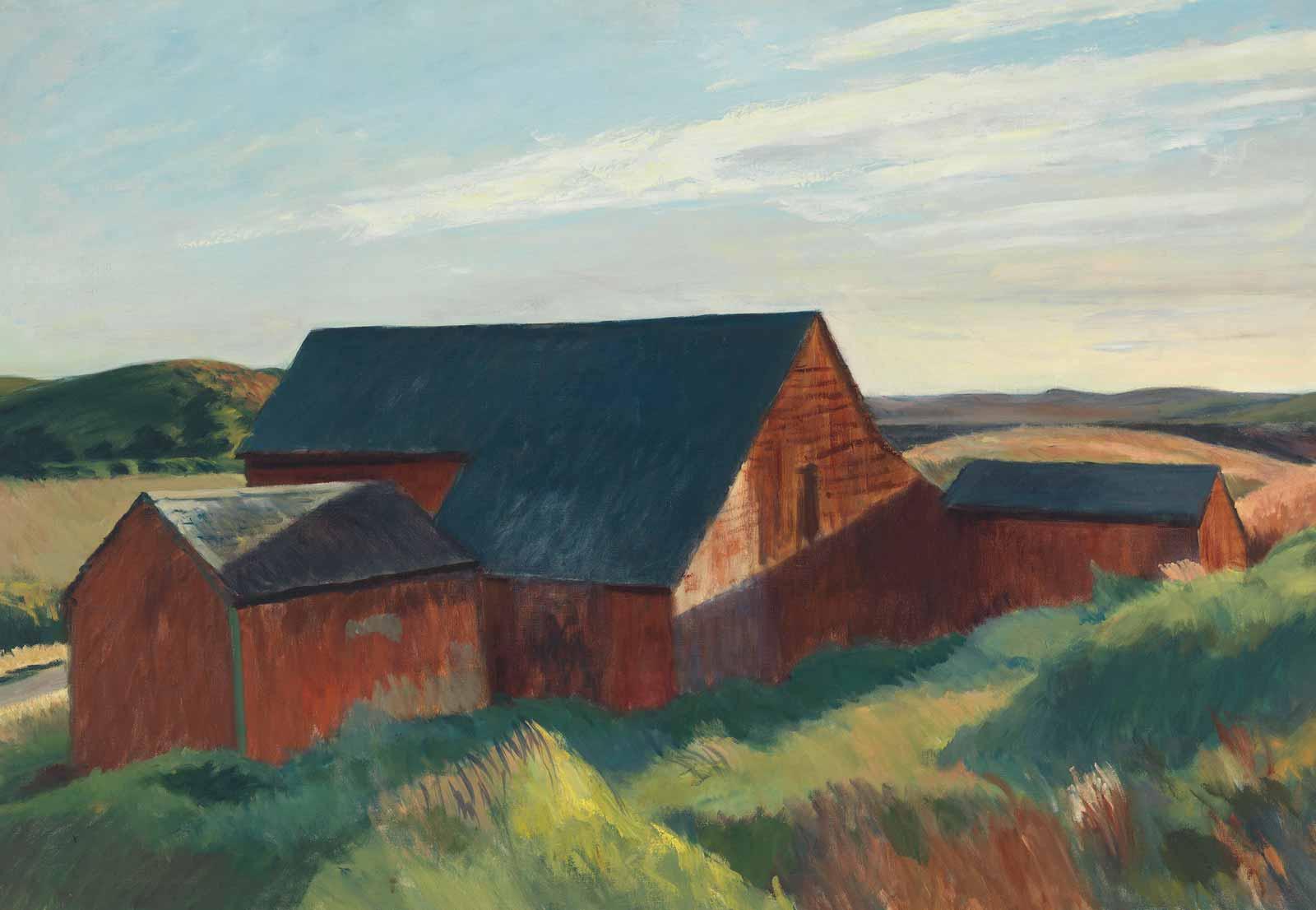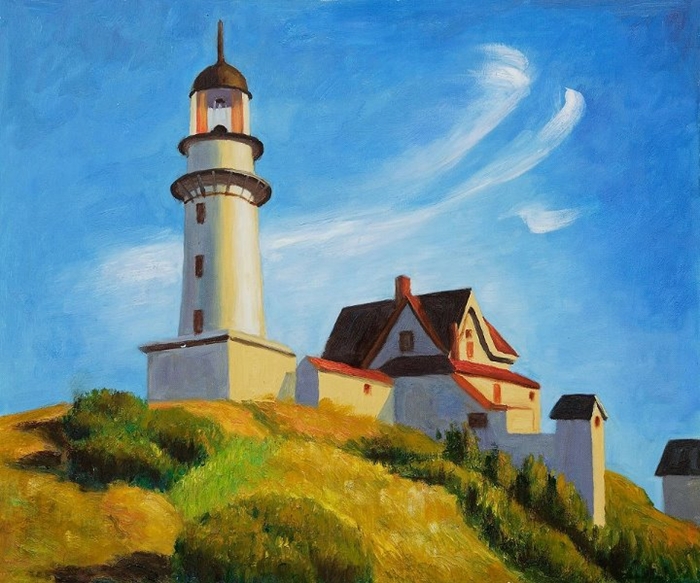

The secretary turns from her task at the filing cabinet, now considering an ambiguous action: will she bend, picking up a piece of paper that drifted to the office floor? The boss sits at his desk intently working when a gust of wind disturbs his papers. She stands in an unnaturally bright office, at night.

Edward HopperĪlthough Edward Hopper refuses an obvious reading of his painting Office at Night, I found an age-old story, and I take a position: I believe the secretary. I hope it will not tell any obvious anecdote, for none is intended. Note: bit of bright ceiling inside shop against dark of outside street-at edge of stretch of top of window.Īs evident when comparing his preliminary sketches to Jo's description of the piece, little changed throughout Hopper's planning process.Was probably first suggested by many rides on the “L” train in New York City after dark, and glimpses of office interiors that were so fleeting as to leave fresh and vivid impressions on my mind. Sign across top of restaurant, dark–Phillies 5c cigar. Man night hawk (beak) in dark suit, steel grey hat, black band, blue shirt (clean) holding cigarette. Girl in red blouse, brown hair eating sandwich. Very good looking blond boy in white (coat, cap) inside counter. Light walls, dull yellow ocre door into kitchen right. Bright items: cherry wood counter + tops of surrounding stools light on metal tanks at rear right brilliant streak of jade green tiles 3/4 across canvas–at base of glass of window curving at corner. Night + brilliant interior of cheap restaurant. His wife, Josephine, or ‘Jo,' would often annotate these storyboard-like drawings (or even the finished pieces themselves), making the meaning and identities of his figurative subject matter even more clear.įor Nighthawks, she detailed the depiction's subject matter in her handwritten notes: Prior to touching his brush to the canvas, he would draft his ideas in a sketchbook. Hopper employed a very specific creative process when planning his paintings, and Nighthawks is no exception. Outside, the streets appear abandoned, implying the scene is set well into the night.

A single server interacts with two of the figures as he works behind the bar. While its message is embedded in emotion, the iconography of Nighthawks is seemingly straightforward. Seen from outside the casual restaurant's large, wrap-around window, it shows three customers-two males and one female-seated at the counter. “Unconsciously, probably,” Hopper explained, “I was painting the loneliness of a large city.”ĭetail of ‘Nighthawks' (Photo: Wikimedia Commons, Public domain) The painting's ordinary stillness makes it easy for the viewer to place themselves into the scene one can almost hear the hum of its harsh fluorescent lights and the clink of the customers' coffee mugs. Set late at night, the composition quietly presents a look at an unassuming neighborhood diner. The primary subject is not a lone figure, the scene still evokes a sense of solitude. Unlike many of his other depictions dealing with isolation, Nighthawks stars a group of subjects.
#Edward hopper paintings windows
This melancholic motif is evident in many of the artist's earlier compositions, including Automat (1928), Night Windows (1929), and Sunday (1927). Unlike his contemporaries who opted to capture the city's bright lights, buzzing atmosphere, and booming industry, however, Hopper instead focused on the prevalent yet underrepresented loneliness of its residents. Like most of Hopper's oil paintings, Nighthawks offers a glimpse into the artist's perceptions of modern American life-particularly, in New York City.


 0 kommentar(er)
0 kommentar(er)
